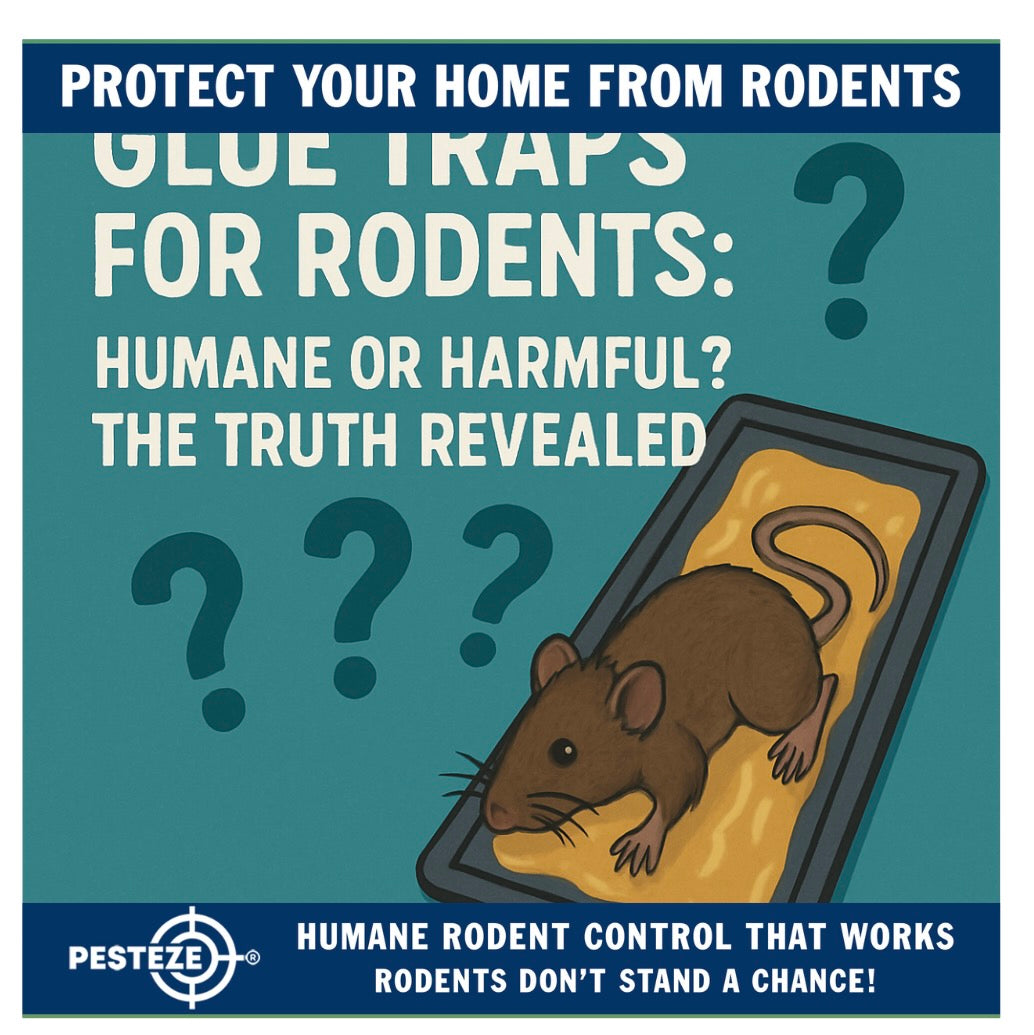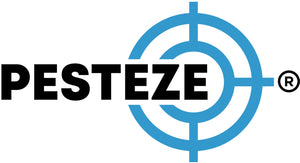GLUE TRAPS FOR RODENTS: HUMANE OR HARMFUL? THE TRUTH REVEALED

GLUE TRAPS FOR RODENTS: HUMANE OR HARMFUL? THE TRUTH REVEALED
SUMMARY
Glue traps are a popular rodent control tool, but are they really humane? Discover the ethical concerns, potential benefits, and serious drawbacks of glue traps—and explore better alternatives for safe, effective rodent control.
FEATURES
- Immediate Capture: Glue traps catch rodents on contact without bait.
- Inexpensive and Accessible: Widely available and cost-effective for homeowners.
- No Poison Needed: Avoids use of toxic chemicals in the home.
-
Prolonged Suffering: Rodents often suffer for hours or days before dying.
- Non-Target Risks: Birds, reptiles, and pets can become unintended victims.
- Difficult Disposal: Trapped animals must be euthanized or released, often causing distress.
DESCRIPTION
Glue traps are flat boards coated with sticky adhesive designed to immobilize rodents on contact. While they may appear to be an easy and inexpensive solution for pest problems, their use raises serious ethical and practical concerns.
One of the main advantages of glue traps is that they provide immediate capture without the need for bait or poison. This can make them convenient for quick rodent control, especially in homes where toxic substances pose risks to children or pets. They're also affordable and easy to find in most hardware and home improvement stores.
However, the humane aspect of glue traps is highly debated. Once a rodent steps onto the sticky surface, it becomes trapped and unable to move. In its struggle to escape, the animal can suffer injuries such as broken limbs, torn skin, or suffocation. It may take hours—or even days—for the rodent to die from exhaustion, dehydration, or starvation. This prolonged suffering is widely considered inhumane by animal welfare organizations.
Additionally, glue traps do not discriminate. Non-target animals like small birds, lizards, or even pets may become stuck and injured. This unintended harm adds another layer of concern for households looking for compassionate pest control options.
Disposal also presents challenges. A live rodent caught in a glue trap must be either euthanized or released—a process that can be distressing and difficult for the average person. Releasing a glue-trapped rodent is rarely successful, as many suffer fatal injuries or are too weak to survive in the wild.
For those concerned with humane practices, live traps, exclusion techniques, and natural deterrents offer more ethical alternatives. Choosing methods that prevent entry and encourage relocation can solve rodent problems without causing unnecessary harm.
- Nikita Gulrajani


Comments 0